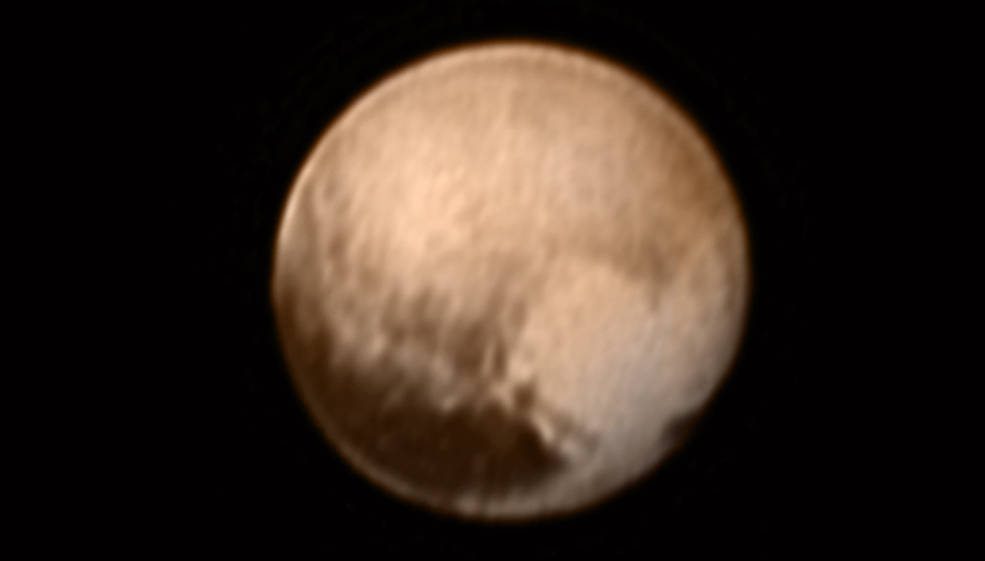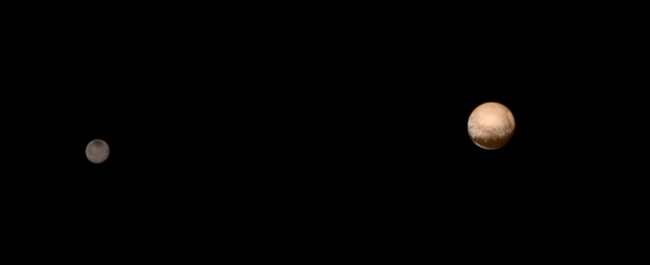
An Alaskan scientist is part of a mission to explore Pluto, the last major planetary object in the solar system to be visited by an unmanned spacecraft.
New Horizons, launched in 2006, is expected to fly by Pluto July 14 and provide the first-ever views of the distant dwarf planet.
Peter Delamere, a space physicist at the University of Alaska Fairbanks Geophysical Institute, says he’ll be thrilled like everyone else to see the new, fresh images sent back by the probe at the climax of its 3 billion mile journey. But Delamere will be most interested in how particles from the solar wind can provide clues about the composition and strength of Pluto’s atmosphere as those particles stream around the dwarf planet.
Excerpt of interview with Peter Delamere of UAF’s Geophysical Institute:

Interview highlights
Delamere has been with the New Horizons mission since its start in 2001: He says it was driven by research speculating that Pluto may have an atmosphere. “While this may have an atmosphere, it’s thought to be an escaping atmosphere,” Delamere says. “It may be something that was similar to Earth’s primordial atmosphere in a state of what’s called hydrodynamic escape.”
How can they find out more about Pluto’s atmosphere? The solar wind’s supersonic flow slows down and creates a bow wave or bow shock when it collides with a planetary object like Pluto. As the solar wind flows around Pluto, Delamere says it may create a cavity on Pluto’s lee and ionize any particles streaming away from a weak atmosphere. Protons or ionized hydrogen from the solar wind may pick up and carry along ionized nitrogen from Pluto’s atmosphere. Methane may also be an atmospheric component.
Particles in the bow wave around Pluto can be measured with two particle instruments on board New Horizons: Huge amounts of particle data will be collected by the spacecraft just as it flies by Pluto and into the wake of the bow shock, but that data will be sent back to Earth in a trickle that may last months. During the actual fly-by, priority will be placed on sending back high-resolution imagery. Particle data from New Horizons will also be compared with information sent back by both Voyager probes, which are now in the heliosphere or near the interstellar space boundary.
What is space physics? Delamere says it’s essentially the study of the space environment from the Sun to the Earth. “We look at the space around the stars and how the Sun interacts with the Earth, and how the solar wind streaming from the Sun interacts with the Earth’s magnetic field,” Delamare says. “All of that is related to the study of auroral physics.” Delamere says he got into the field of space physics after watching the aurora when he was an undergraduate student in Minnesota. He says he eventually researched how Jupiter’s moon Io interacted with the gas giant, and later examined the aurora of Jupiter and Saturn.
Go to NASA’s New Horizons website for the latest news, images, and fly-by countdown clock

